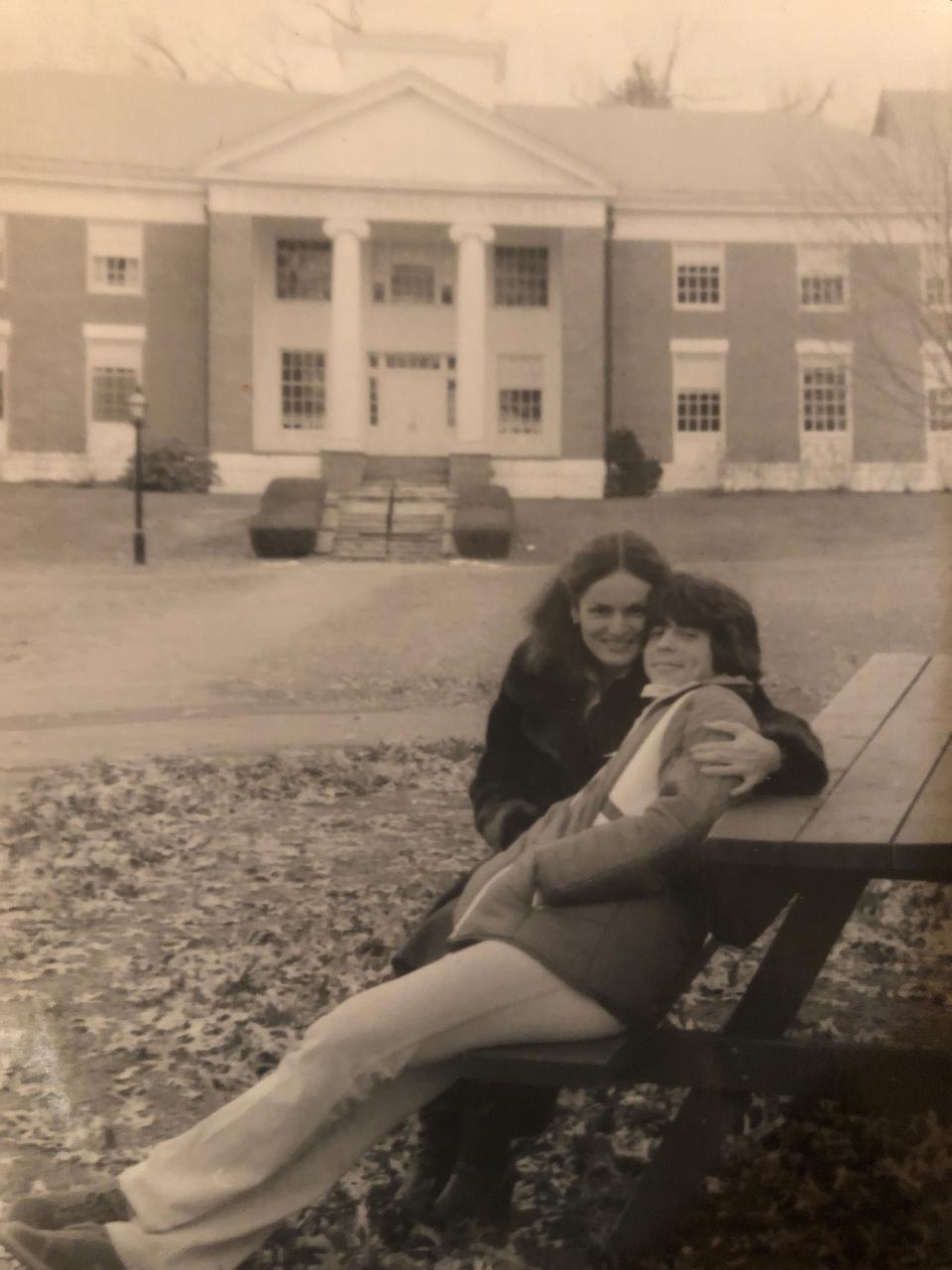I am a Latino yet not an immigrant, but my family story helped me understand their journey
Vanderbilt’s new semester has begun. I teach a class on the Latino Immigrant Experience. Being from Puerto Rico (an unincorporated territory of the United States with a strong sense of its “national” identity), and being a U.S. citizen, I feel awkward, a fish out of water, leading my students through the assignments that elaborate on the experience of the immigrant.
I came to the mainland for college 45 years ago, but I don’t consider myself an immigrant.
On my first day of class, I presented and discussed the latest book by the Pulitzer Prize writer Héctor Tobar: “Our Migrant Souls: A Meditation on Race and the Meanings and Myths of ‘Latino’ (2023).”
It’s a book of personal essays that begins with a photograph of Tobar’s mother holding him as a baby. It’s 1954. She’s 20 years old, dressed simply but elegantly, her hair carefully set. Tobar tells us that she’s wearing a faux pearl necklace. In her arms, she cradles her sleeping baby, all dressed in white. They sit in front of the Griffith Observatory in California.
The picture is a figure for the main argument of the book, which is that the memories that migrants carry, float in dreamlike waters until they are anchored in history. “We arrived here like dandelion seeds, floating through the air, reaching firm ground by the blessing of God,” writes one of Tobar’s students.
Tobar calls the memories “stories of beginnings,” and they make migrants resilient. But they also hide a history of struggle and violence that needs to be uncovered to make the ground more solid for the next generation.
Another column by Benigno Trigo: Supreme Court knew that racial diversity is a matter of 'national security'
Héctor Tobar's lessons come alive in a photograph of my mother and me
In his book, Tobar lays this groundwork. He contextualizes the photograph, setting it against the history of violence in Guatemala. This violence drove his parents to the United States, and instilled in them a fearlessness and a youthful drive to make it their new country.

His father embraced the modern technology of the color camera. He framed their beginnings with a modern observatory. He tapped the scientific power of the country, whose government upended their lives. The democratically elected president of Guatemala was deposed by a coup, supported by the CIA.
To illustrate Tobar’s point, I searched my personal archive and found a picture of myself at 18 years old, as a student in a college in New England. It’s 1980. I’m almost recumbent on a wooden bench, on the campus’ green. Framed by a New England brick building, with austere white columns and a bell tower.
My mother sits behind me. She holds me, as if I was still her baby. We both look straight at the camera. I’ve always thought of this picture as a trace of the beginnings of my life in the United States.
While my stepfather is no longer in my life, I feel closer to him now
In class, my students ask me how I feel when I look at this picture now, and I confess to them that the book by Tobar has made me look at it differently. It’s made me think of my stepfather, Jorge, who stood behind the camera. He was a struggling writer from Mexico who had married my mother five years prior.
They tried to make a go of it in Mexico, but returned to the U.S. where they settled. Their journey was partly the result of Cold War politics in Puerto Rico, of my mother’s struggle for independence, and of both their efforts to become writers against all odds.
I told my students that I now realize that the photograph is in part a message from my stepfather. It’s a testament to his struggles. It was his attempt to document a rebirth, a new family, in the United States.
My mother and my stepfather divorced, and I never saw him again. But Tobar has made me see that I’m closer to Jorge than I thought.

I recognize that I’m seeing myself through his eyes. And this recognition also brings me closer to the Latino immigrant experience.
Benigno Trigo is the Gertrude Conaway Vanderbilt Chair in the Humanities, Spanish and Portuguese College of Arts and Science at Vanderbilt University.
This article originally appeared on Nashville Tennessean: Latino immigrants: My family's story let me understand their journey

